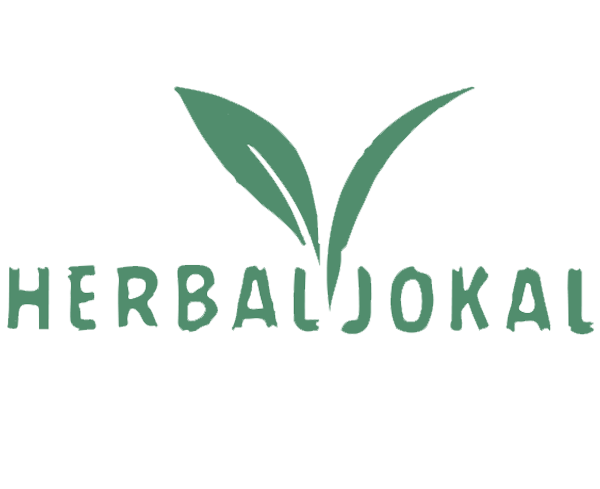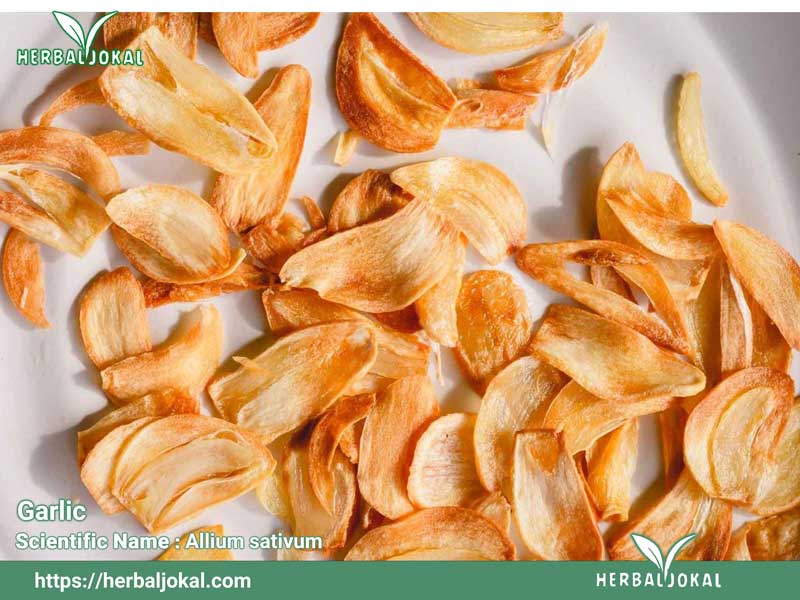Garlic got it name from ancient Greece and its origin is from Central Asia and then reached Europe. This plant is abundant in Iran and it grows from the northwest to the south of Iran and in the Zagros mountains with a very cold and moderate climate. Due to the abundance of this product in Iran, our company can provide it with the best quality and the most appropriate price without intermediaries.
How to buy
Our company can send this product with any analysis you want and in the form of your desired packaging through different transportation methods such as (FOB) (CFR) (DAP) (CIF). It should be noted that we also offer free product testing for you.
Our offices in Oman, Iran and America are ready to serve you.
Scientific name of garlic: Allium sativum
It has been used since ancient times to flavor food and in traditional medicine. Garlic cloves can be used raw or cooked in cooking or medicine.
Garlic cloves have a sour and spicy taste that becomes tasty and sweet when cooked. A clove of raw garlic has more flavor than a dozen cooked ones. There are three types of garlic, the hard type has more flavor and larger cloves and the soft type is more common and can be found in the supermarket. The most common type of garlic has a white papery skin and a strong flavor. It is also used as an additive to yogurt and pickles.
The difference between garlic and shallot:
Both are vegetables but they differ in taste, shape and size. Both are from the Allium family. The taste of shallot is milder than garlic. In French, Indonesian and Indian cooking, shallots are used in place of onions, but there is no good substitute for garlic.
Uses of garlic:
used as a seasoning in salads, sauces and soups. Garlic is used in traditional medicine to treat diarrhea, stomach pain, arthritis and inflammatory diseases, and in modern medicine It can be mentioned as anti-cancer, lowering blood sugar, lowering blood fat, antioxidant and antibiotic properties and protecting kidney and liver. In Europe, it is also used to prevent blood clots.
Properties:
It is rich in copper, zinc, potassium, fiber, folic acid, calcium, vitamin A, C and iron, which is a good source for vegetarians.
For whom it is useful:
It was used in ancient Iran for those who have diabetes or heart and blood circulation problems and for bacterial and fungal infections. It also helps with seasonal allergies.
With Iranian garlic and shallots, it is possible to provide a new way of treatment against various diseases and their complications.
side effects:
It causes bad breath( When you are in mild weather, you can eat a lot of garlic and not feel uncomfortable with its smell.) heartburn, diarrhea and in some cases causes allergies, which are mostly for raw garlic and less for shallots. Excessive use of raw garlic causes digestive problems and the risk of bleeding. Eating a clove a day does not cause a problem.
Because garlic thins the blood, stop eating it 7-10 days before any surgery.
Sources:
: https://www.groeat.com/post/garlic-shallots-and-onions-are-they-the-same
: https://missvickie.com/garlic-vs-shallots/
: http://www.eatsxm.com/garlic-shallots-and-onion.html
: https://www.primescholars.com/articles/medicinal-properties-of-persian-shallot-90731.html




Reviews
There are no reviews yet.